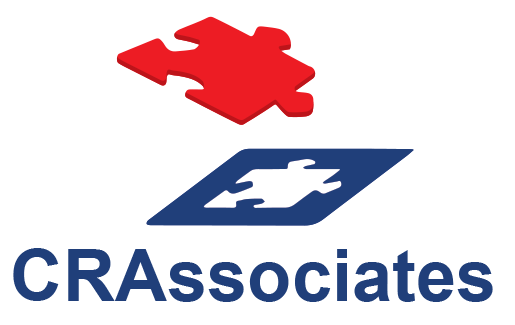
Each year, “qualified community development entities” (“CDEs”) apply to the CDFI Fund (which administers the NMTC Program) for a NMTC allocation authority award (a “NMTC Allocation Award”), which is an extremely competitive process.
Each year the CDFI Fund awards $3.5 billion of NMTC Allocation Awards. However, demand for NMTC Financing far exceeds such amount.
If a CDE receives a NMTC Allocation Award, it becomes an “Allocatee.”
A NMTC Allocation Award authorizes an Allocatee to designate its NMTC Financings/“Qualified Equity Investments.” as entitled to NMTCs to the extent it “sub-allocatees” a portion of its NMTC Allocation Award to each NMTC Financing/“Qualified Equity Investment.”
For each NMTC Financing, an Allocatee spins off an official CDE. The NMTC Investor then makes a “Qualified Equity Investment.” in such CDE and the Allocatee makes a nominal capital contribution to the CDE (such as $1,000).
An Allocatee facilities NMTC Financings without using any of its own funds and receives a “Sub-Allocation Fee” for each NMTC Financing, and a portion of Borrowers’ Forgiven NMTC Loan interest payments permit the Allocatee to pay ongoing asset management and monitoring fees as well as overhead costs during the 7-Year NMTC Compliance Period.
To be competitive, each potential Allocatee generally commits to satisfy certain high benchmarks in order to demonstrate that the intent of the NMTC Program subsidy will be maximized (over and above the minimum standards required by the CDFI Fund, such as targeted and specific types of substantial community and economic impacts and expeditious deployment of its NMTC Allocation Award to Borrowers).
Such high benchmarks result in an Allocatee having high underwriting standards required of Borrowers and the NMTC Financing, which are applicable whether or not the NMTC Program subsidy is in the form of the Forgiven NMTC Loan or the Non-Forgiven NMTC Loan.
Accordingly, the for-profit’s or non-profit’s operations or project should satisfy several underwriting requirements (which are applicable whether or not the NMTC Program subsidy is in the form of the Forgiven NMTC Loan or the Non-Forgiven NMTC Loan), including but not limited to, the following:

- being “Shovel Ready;”
- being located in not only a “Low-Income Community,” but also one that is “Highly Distressed” (especially if located in a rural community);
- providing or retaining substantial community impacts to residents of “Low-Income Communities” and “Targeted Populations” (such as “Low-Income Persons,” minorities, women and veterans);
- having strong local support; and
- often it is beneficial to be located in a so-called “underserved state,” which currently includes: Florida, Georgia, Idaho, Kansas, Nevada, Tennessee, Texas, Virginia, West Virginia, and Wyoming, as well as Puerto Rico.
 Each year the Community Development Financial Institutions Fund (the “CDFI Fund,” which is a division of the U.S. Treasury Department) awards $5.0 billion to applicants, which are “qualified community development entities” (“CDEs”).
Each year the Community Development Financial Institutions Fund (the “CDFI Fund,” which is a division of the U.S. Treasury Department) awards $5.0 billion to applicants, which are “qualified community development entities” (“CDEs”).

 A CDE that receives a NMTC allocation award is an
A CDE that receives a NMTC allocation award is an 




 A Borrower must qualitatively and quantitatively provide support of substantial direct and indirect community and economic impacts to the residents of the
A Borrower must qualitatively and quantitatively provide support of substantial direct and indirect community and economic impacts to the residents of the  A Borrower must qualitatively and quantitatively provide support of substantial community impact to the residents of the
A Borrower must qualitatively and quantitatively provide support of substantial community impact to the residents of the